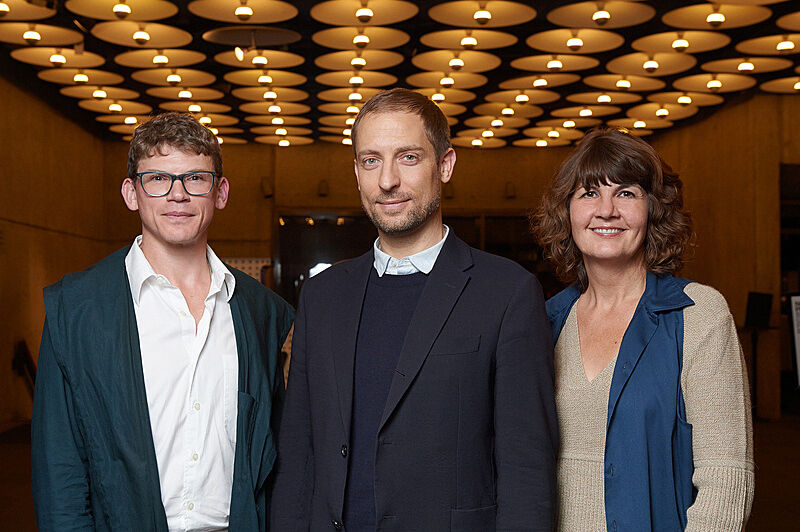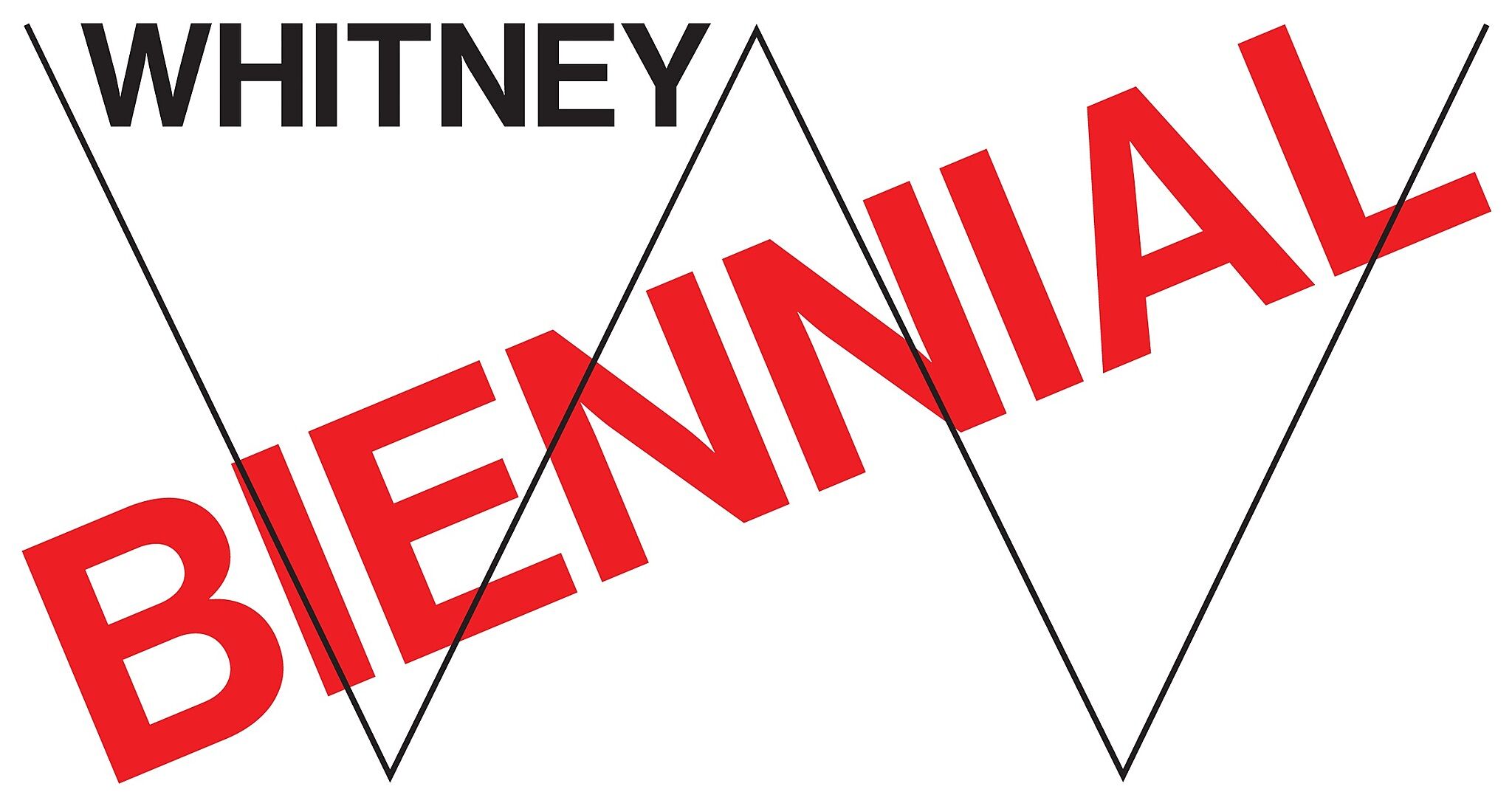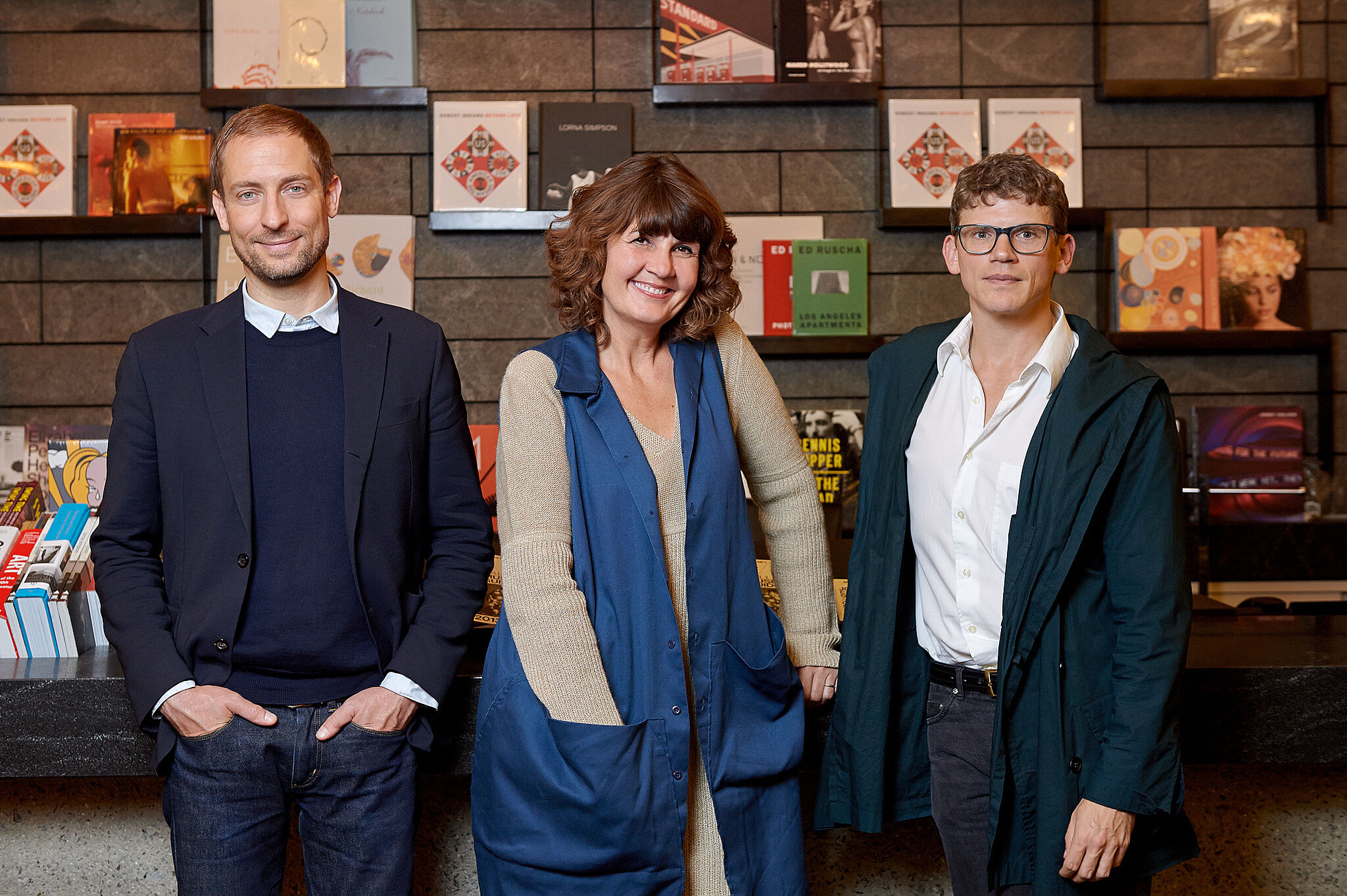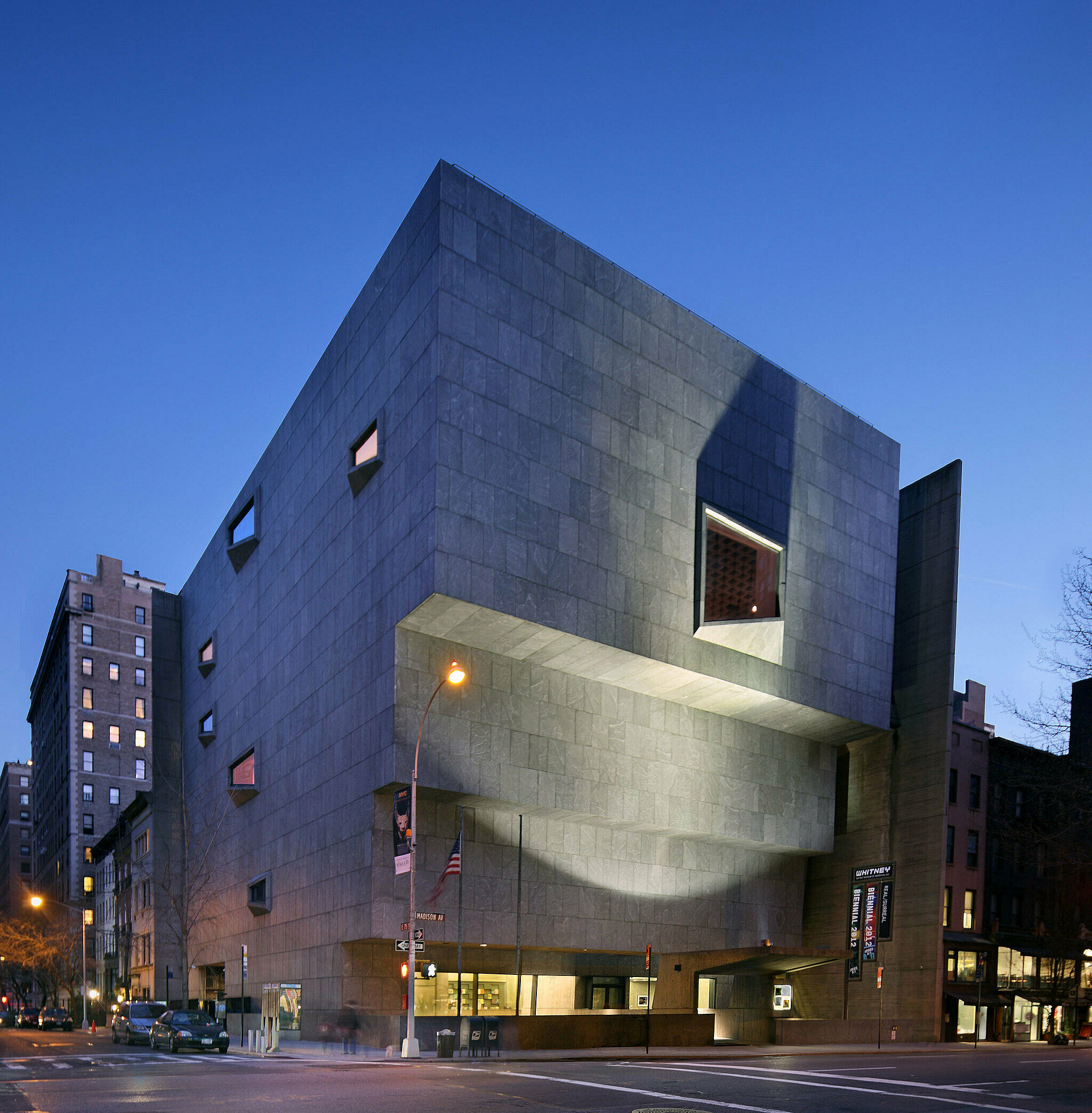Q&A With the 2014 Whitney
Biennial Curators: Part Two
Mar 4, 2014
In the second installment of this three-part interview, Michelle Grabner, Anthony Elms, and Stuart Comer discuss their curatorial approaches as each organizes a floor of the 2014 Whitney Biennial.
Michelle and Anthony, you are artists as well as curators. How does this impact your curatorial choices?
Michelle Grabner: When I am in a studio, I am interested in the stuff of the studio, its space, location, and relationship to daily life. I ask about material decisions, formal interests, and then I jump into how artists negotiate histories, theories, etc. As an artist who is also curating, I then have to inquire about display and how artists see their work in the context of exhibition, and in this case the venerated Whitney Biennial.
Anthony Elms: I still make stuff, but it’s just a part of how I have to think. As long as you figure out what things actually mean to you in your work, that’s more important than what it’s fueled by. I’m happily a curator and a writer now more than I am an artist. I found I was happier being in other people’s studios talking about their artwork, so that’s been a natural gravitation.
Stuart, what role will film play in your curatorial approach?
Stuart Comer: The majority of my work in the last decade has been in the cinema and unconventional spaces like The Tanks at Tate Modern, which was trying to invent a museum architecture to better serve time-based media and situations. Film is, on the one hand, the summary of all other media, and at the same time it is its own distinct form. With a painting or a sculpture, you sort of know it is that object. With film, it’s hard to locate the artwork: Is it the projected image? The projection beam? The room in which it’s being projected? It’s a constellation of things rather than a singular object. I think that’s a metaphor for how a lot of artists working in a broad range of media function now. The moving image informing not just art practice but everything at this point.
How did you decide who and what to look at? Were there overlaps?
MG: There were overlaps throughout the process, and I see that as a positive byproduct of this curatorial arrangement. And although I don't think there are any artists who pop up on more than one floor, I believe we would have embraced the idea, simply because each floor presents a different context for the artists’ work. My list of artists developed from visiting over 120 studios. But needless to say, there was a small selection of artists that I knew almost immediately I wanted to include based on their influence and longtime dedicated practice. These are artists who I am still learning from as an artist myself.
AE: When there were overlaps, we would gauge each other’s interest and plan our studio visits accordingly. We were looking at international artists who live in the States, and Americans who have gone elsewhere for one reason or another—we tried to be aware of how the border was stretching out, or not. You don’t know how you’re going to deal with that until you have people and objects in front of you that you’re considering.
SC: As we each refined our lists, we would periodically come back to the table and it was a new conversation, because a lot of new artists had been added. That element of surprise was really valuable. My initial instinct was to start with artists that I knew in New York and Los Angeles and span outwards. But I’ve been trying to keep in mind what Michelle and Anthony are doing so I could counterbalance that and make sure we’re offering the broadest possible spectrum of an entire country’s practice.
View part one of this three-part interview, and check back in with Whitney Stories to read the final installment after the Biennial opens.




